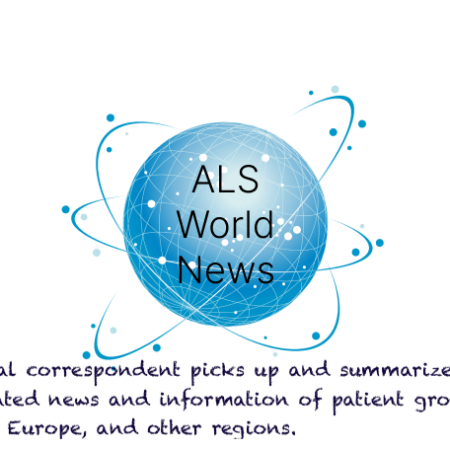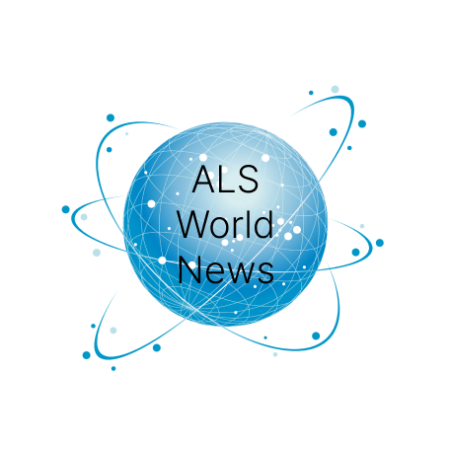At the Sunnybrook Research Institute, affiliated with the University of Toronto, researchers have achieved a world first: using MR-Guided Focused Ultrasound (MR-GUFA) to temporarily open the blood-brain barrier in the brain of an ALS patient, successfully delivering therapeutic drugs.As you know, the blood-brain barrier is a crucial protective mechanism that prevents harmful substances like viruses and bacteria from entering the brain. However, this barrier has long posed a problem: it prevents drugs from reaching the necessary areas within the brain.
he first patient in this Phase 1 clinical trial at Sunnybrook was Bill Traynor (70), who received the trial treatment in May of this year. Since then, he has reportedly shown improved speech and daily walking progress. Trials for five additional patients are scheduled to follow. Sunnybrook is a world-renowned, cutting-edge medical research institute. It has been making headlines in medical news for the past decade with its advanced treatments using focused ultrasound (FUS) for neurodegenerative diseases such as Alzheimer’s and essential tremor. Some readers may have heard its name mentioned several times before.
Dr. Kullervo Hynynen holding a helmet
According to a Canadian news article, the first trial patient, Mr. Bill, first received an intravenous infusion of immunoglobulin, an antibody treatment for ALS, followed by an injection of microbubbles. He then placed his head inside a helmet invented by Sunnybrook neuroscientist Dr. Hynynen.Inside this helmet are 4,000 transducers through which focused ultrasound is delivered. This ultrasound causes microbubbles within small blood vessels at the target location to expand and contract. The stretching and shrinking motion of these microbubbles gradually opens the blood-brain barrier at the specific target site.This precise point is the clinically critical location where circulating immunoglobulins must pass through (the site of motor neurons damaged in ALS). Since the patient lies inside the MRI machine, it is possible to observe in real time whether the focused ultrasound is being directed to the exact spot within the brain. Research continues to enable FUS delivery with precise guidance independent of MR, suggesting potentially more affordable treatments could emerge in the near future. Conventional methods reportedly allowed only 0.01% of administered therapeutic agents to cross the blood-brain barrier, with virtually none reaching the brain.Dr. Zinman, Director of Sunnybrook’s ALS Clinic, stated, “This is a very exciting time for the ALS community and a major leap forward in medicine. It could be a game changer for ALS.”
Dr. Heininen, the neuroscientist who spent 20 years researching and developing the helmet, mentioned, “This helmet allows us to precisely control the amount and focus of ultrasound to be appropriate and accurate for the patient.It allows us to control it so that each part of the brain receives the appropriate amount. There is no other medical device that can do this.” We sincerely hope that days are approaching when ALS patients worldwide can benefit from such more personalized medical approaches.
Ref
Curing with Sound Podcast Ep35 – Advancing ALS Treatment with Focused Ultrasound: Bill’s Story
‘A very exciting day’: Canadian design may revolutionize the way ALS is treated
Reported by Nobuko Schlough, USA @P-ALS on Aug. 27, 2025




